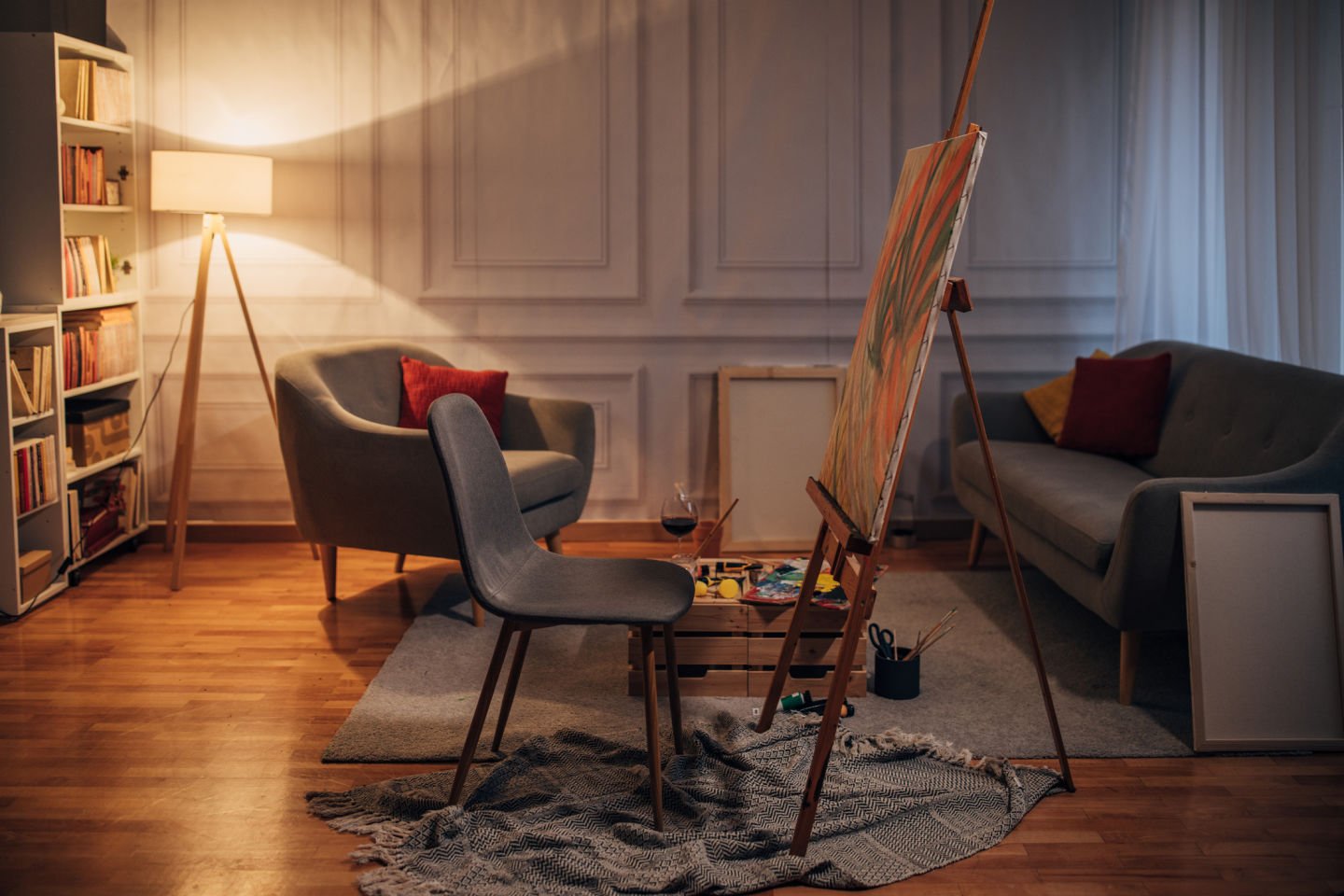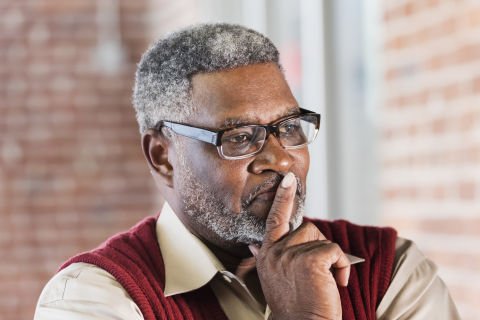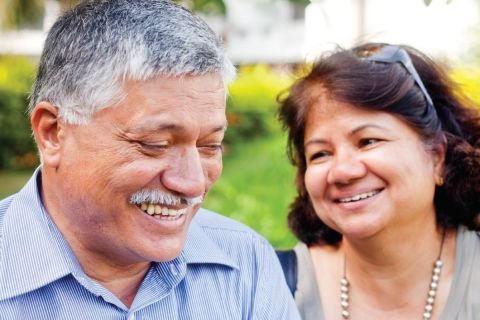Declutter your life to create a safer home
We’ve heard about downsizing the family home – how about downsizing the mess inside?

Key points
Each year, one-third of people aged over 65 years have a fall.
People who have already had a serious fall are most at risk of having more falls.
Decluttering and reducing hazards around the home improves safety.
The home can be a minefield of dangers for toddlers, infants, teens and older people alike. Doctors are kept busy by often simple trips and bumps that can cause serious injuries, especially for people ageing in their own homes.
It seems the longer we live in a place, the more furniture and other belongings take up space. But as our health declines we can become overconfident that we know where everything is – leaving it too late to reduce the risks a family home can present.
Nearly one-third of people aged over 65 years fall each year, with most falls occurring at home, many resulting in hospitalisation or an early entry into an aged care home.
Something as simple as reducing trip hazards and decluttering can significantly reduce the likelihood of falls.
Eliminating hazards around the home, such as clutter, stairs without railings and poor lighting, can reduce the risk of falls by around a quarter, according to a new Cochrane Review.
The review led by Lindy Clemson, Professor Emeritus at the University of Sydney, did not find any compelling evidence for other measures to reduce falls, such as making sure older people have the correct prescription glasses, special footwear, or education on avoiding falls.
University researchers found that decluttering and reducing hazards was key to making the house safer, especially for older people who had already been hospitalised because of a fall and were at risk of further falls.
They found these measures were more beneficial in reducing falls than making sure the residents wore correct prescription glasses, special footwear, or received education on avoiding falls.
Falls can cause serious injury or even death, but they are preventable. And prevention is an important way of helping people remain healthy and independent as they grow older.
The researchers analysed the results of 22 studies including data on 8,463 older people living in the community.
They found that taking measures to reduce fall hazards around the home lowers the overall rate of falls by 26%.
The first step is to identify if you’re at risk. Apart from already having had a fall, these factors include being unsteady on your feet, and having poor judgement or weak muscles.
These risk factors make negotiating the environment more challenging and increase the risk of a trip or slip.
As well as decluttering and removing hazards in the house, other simple measures that best improve safety include:
- Consulting an occupational therapist for their advice.
- Adding handrails and non-slip strips to steps.
- Removing or changing slippery floor mats.
- Improving lighting especially on stairs.
Improvements are not always about the hardware. People tend not to notice clutter around their home or realise that reaching up and climbing ladders the way they always have is potentially a fall risk, particularly if their mobility or balance is not as it used to be.
Falls can be prevented
There are many resources available if you are concerned about your balance or about having a fall.
- The National Council on Ageing wrote a helpful article on the 10 myths about older adults and falls.
- Preventing falls at home – Tips for seniors.
- The Home Falls and Accidents Screening Tool (Home FAST) is a valid and reliable online tool for predicting the risk of a fall at home.
- The National Council on Ageing Falls Free CheckUp is endorsed by the US Centers for Disease Control and Prevention (CDC).
- The Safe Exercise at Home website has been developed by physiotherapists from around Australia .
- Healthy and Active for Life Online.
- Find an Exercise Program Brochure.
Another important way to reduce risk of falls is to remain active and build your physical strength, specifically targeting areas of weakness.
Building physical activity into your everyday life doesn’t have to be difficult. You can set aside a specific time each day or fit some exercises in while waiting for the kettle to boil or watching TV.
The Australian Health Department has designed guidelines for older Australians to build activity naturally in their everyday lives.
The guidelines provide information and simple instructions about activities such as:
- Stand up and sit down for strength and balance.
- Shoulder roll for flexibility.
- Knee lifts for strength.
- Heels up, toes up for flexibility.
- Half squats for leg strength.
- Heel raises for strength and balance.
Further reading: How to reduce falls, Use it or lose it, Safe exercise at home, Physical activity guidelines, Reducing fall hazards








